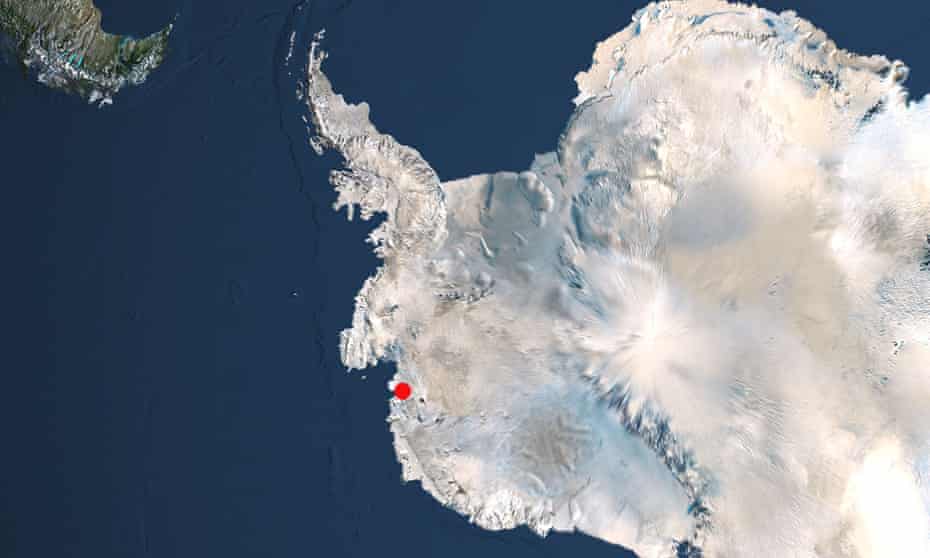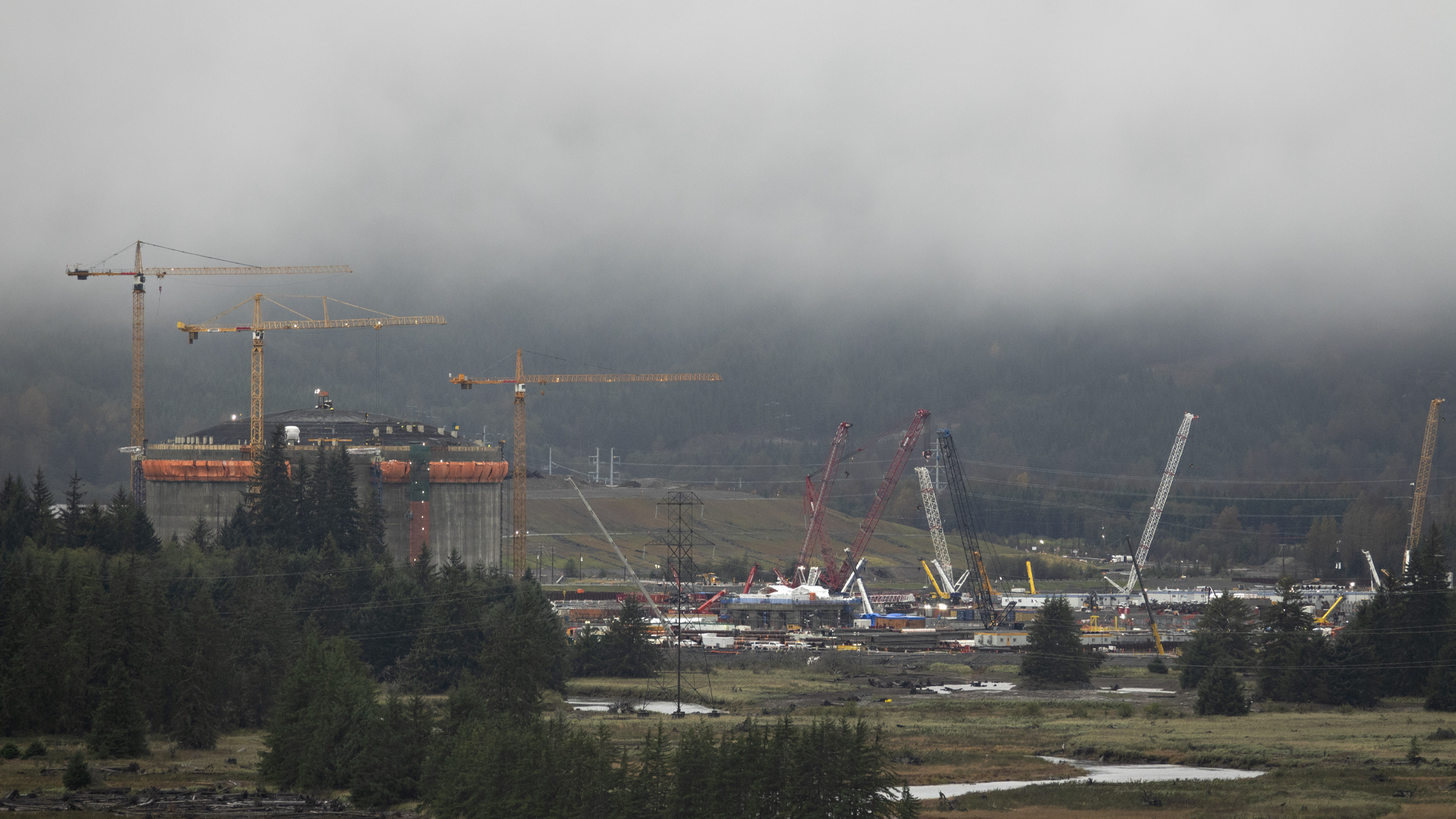“President Niinistö in North Russia: ‘If We Lose the Arctic, We Lose the World’”
Clearly we have lost the Arctic as one of our major planetary thermostats.
Myself, Beryl Sirmacek, John Doyle and Arctic Oceanographer Jim Massa discuss the unravelling in the Arctic and the cascading consequences of lost albedo and habitat for the Arctic fauna and flora both above and below the ice
I mentioned the possibility of the Great Barrier Reef having another bleaching event unfold late in January 2022; Great Barrier Reef could face another mass bleaching by end of January, forecast says
Guy McPherson and I interviewed Jim Massa on our radio show Nature Bats Last;
“Natalia and Igor have done an enormous amount of work studying the methane issue. They have covered a lot of area between the Russian side of the arctic ocean as well as Siberia itself examining what is happening to not only the ESAS and Laptev but the permafrost in the tundra itself.
Those who are quick to dismiss their work, say they are being hyperbolic about the methane time bomb are really missing the forest for the trees. If they wish to debate their estimated levels, okay, have that debate. That’s a legitimate scientific debate. But to be dismissive of the threat posed by methane is imo a grave error in judgment.” Jim Massa We discussed the threat of methane in the ESAS and the work of Dr Natalia Shakova and Igor Semiletov Current rates and mechanisms of subsea permafrost degradation in the East Siberian Arctic Shelf
Science Talk with Jim Massa on Nature Bats Last
Beryl brilliantly mocked the delinquent corporate construct the Intergovernmental Panel on Climate Change..
…click on the above link to read the rest of the article…














